

Drill(1983)
"The filming of the entrance to the company dormitory in which the film-maker was living. Centering the film on one pillar, he warps the spaces to the left and right and creates an unstable space similar to painting that employs anamorphosis. Made as were SPACY and BOX with a large number of photographs, the film ends with a violent movement, but is poetic for this." - Takashi Nakajima
Movie: Drill
Recommendations Movies
 5.7
5.7Sfaira 1985 -1895(sh)
A short experimental film; "An hommage to silent movies".
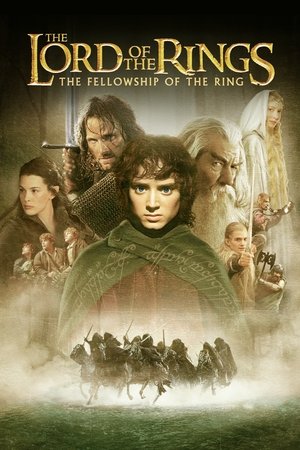 8.4
8.4The Lord of the Rings: The Fellowship of the Ring(en)
Young hobbit Frodo Baggins, after inheriting a mysterious ring from his uncle Bilbo, must leave his home in order to keep it from falling into the hands of its evil creator. Along the way, a fellowship is formed to protect the ringbearer and make sure that the ring arrives at its final destination: Mt. Doom, the only place where it can be destroyed.
 5.8
5.8Scary Movie 2(en)
While the original parodied slasher flicks like Scream, Keenen Ivory Wayans's sequel to Scary Movie takes comedic aim at haunted house movies. A group of students visit a mansion called "Hell House," and murderous high jinks ensue.
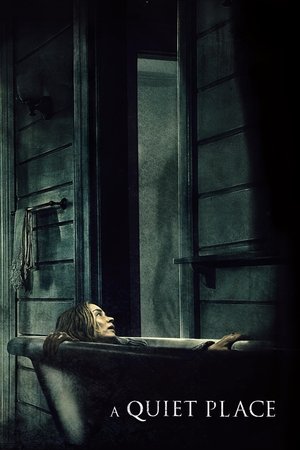 7.4
7.4A Quiet Place(en)
A family is forced to live in silence while hiding from creatures that hunt by sound.
 6.9
6.9Madagascar(en)
Four animal friends get a taste of the wild life when they break out of captivity at the Central Park Zoo and wash ashore on the island of Madagascar.
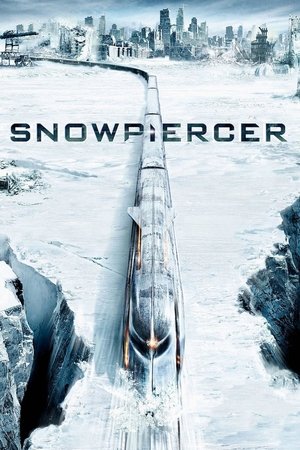 6.9
6.9Snowpiercer(ko)
In a future where a failed global-warming experiment kills off most life on the planet, a class system evolves aboard the Snowpiercer; a train that travels around the globe via a perpetual-motion engine.
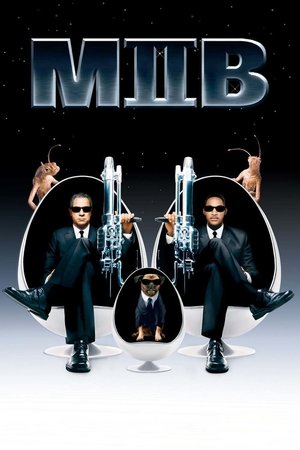 6.4
6.4Men in Black II(en)
Kay and Jay reunite to provide our best, last and only line of defense against a sinister seductress who levels the toughest challenge yet to the MIB's untarnished mission statement – protecting Earth from the scum of the universe. It's been four years since the alien-seeking agents averted an intergalactic disaster of epic proportions. Now it's a race against the clock as Jay must convince Kay – who not only has absolutely no memory of his time spent with the MIB, but is also the only living person left with the expertise to save the galaxy – to reunite with the MIB before the earth submits to ultimate destruction.
 7.9
7.9Spider-Man: No Way Home(en)
Peter Parker is unmasked and no longer able to separate his normal life from the high-stakes of being a super-hero. When he asks for help from Doctor Strange the stakes become even more dangerous, forcing him to discover what it truly means to be Spider-Man.
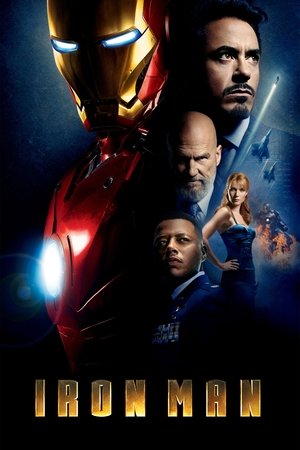 7.7
7.7Iron Man(en)
After being held captive in an Afghan cave, billionaire engineer Tony Stark creates a unique weaponized suit of armor to fight evil.
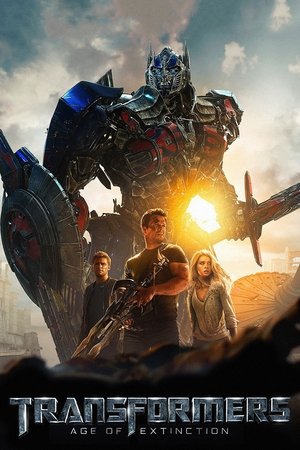 5.9
5.9Transformers: Age of Extinction(en)
As humanity picks up the pieces after the battle of Chicago, a shadowy group reveals itself in an attempt to control the direction of history…while an ancient, powerful new menace sets Earth in its crosshairs. With help from Cade Yeager, Optimus Prime and the Autobots rise to meet their most fearsome challenge yet.
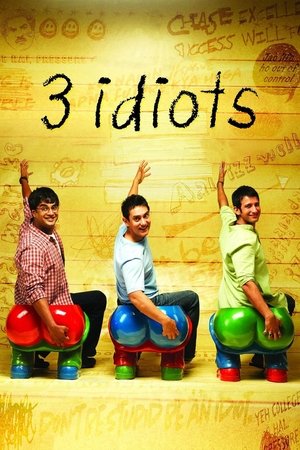 8.0
8.03 Idiots(hi)
Rascal. Joker. Dreamer. Genius... You've never met a college student quite like "Rancho." From the moment he arrives at India's most prestigious university, Rancho's outlandish schemes turn the campus upside down—along with the lives of his two newfound best friends. Together, they make life miserable for "Virus," the school’s uptight and heartless dean. But when Rancho catches the eye of the dean's daughter, Virus sets his sights on flunking out the "3 idiots" once and for all.
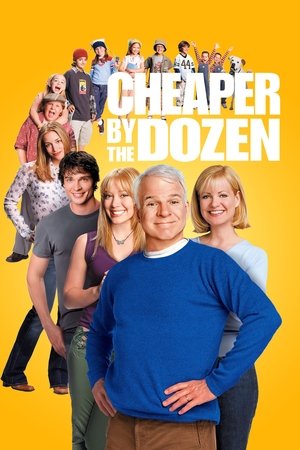 6.3
6.3Cheaper by the Dozen(en)
The Baker brood moves to Chicago after patriarch Tom gets a job coaching football at Northwestern University, forcing his writer wife, Mary, and the couple's 12 children to make a major adjustment. The transition works well until work demands pull the parents away from home, leaving the kids bored -- and increasingly mischievous.
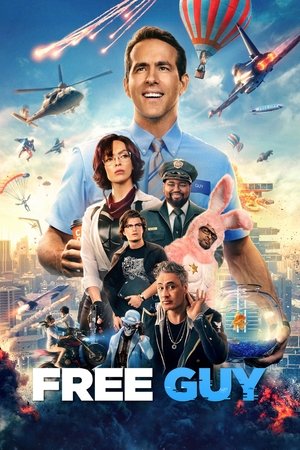 7.5
7.5Free Guy(en)
A bank teller discovers he is actually a background player in an open-world video game, and decides to become the hero of his own story. Now, in a world where there are no limits, he is determined to be the guy who saves his world his way before it's too late.
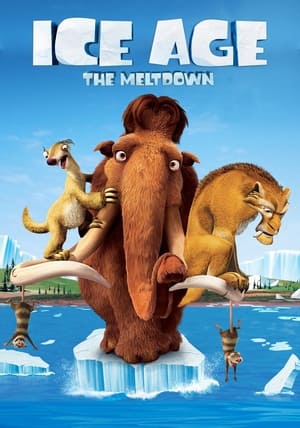 6.7
6.7Ice Age: The Meltdown(en)
Diego, Manny and Sid return in this sequel to the hit animated movie Ice Age. This time around, the deep freeze is over, and the ice-covered earth is starting to melt, which will destroy the trio's cherished valley. The impending disaster prompts them to reunite and warn all the other beasts about the desperate situation.
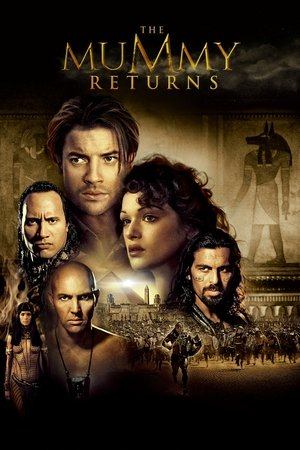 6.4
6.4The Mummy Returns(en)
Rick and Evelyn O’Connell, along with their 8-year-old son Alex, discover the key to the legendary Scorpion King’s might: the fabled Bracelet of Anubis. Unfortunately, a newly resurrected Imhotep has designs on the bracelet as well, and isn’t above kidnapping its new bearer, Alex, to gain control of Anubis’s otherworldly army.
 8.2
8.2Star Wars(en)
Princess Leia is captured and held hostage by the evil Imperial forces in their effort to take over the galactic Empire. Venturesome Luke Skywalker and dashing captain Han Solo team together with the loveable robot duo R2-D2 and C-3PO to rescue the beautiful princess and restore peace and justice in the Empire.
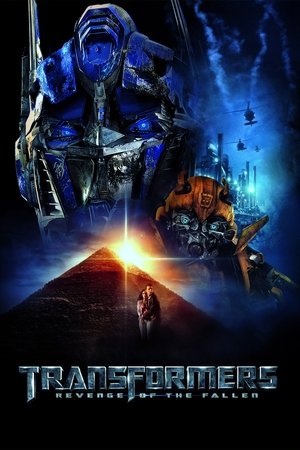 6.2
6.2Transformers: Revenge of the Fallen(en)
Sam Witwicky leaves the Autobots behind for a normal life. But when his mind is filled with cryptic symbols, the Decepticons target him and he is dragged back into the Transformers' war.
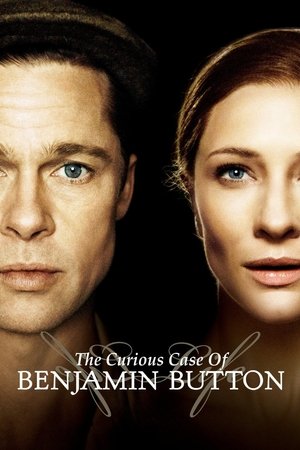 7.6
7.6The Curious Case of Benjamin Button(en)
Born under unusual circumstances, Benjamin Button springs into being as an elderly man in a New Orleans nursing home and ages in reverse. Twelve years after his birth, he meets Daisy, a child who flits in and out of his life as she grows up to be a dancer. Though he has all sorts of unusual adventures over the course of his life, it is his relationship with Daisy, and the hope that they will come together at the right time, that drives Benjamin forward.
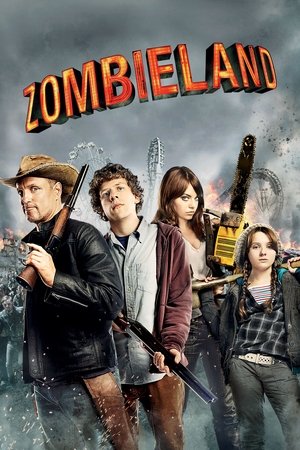 7.3
7.3Zombieland(en)
Columbus has made a habit of running from what scares him. Tallahassee doesn't have fears. If he did, he'd kick their ever-living ass. In a world overrun by zombies, these two are perfectly evolved survivors. But now, they're about to stare down the most terrifying prospect of all: each other.
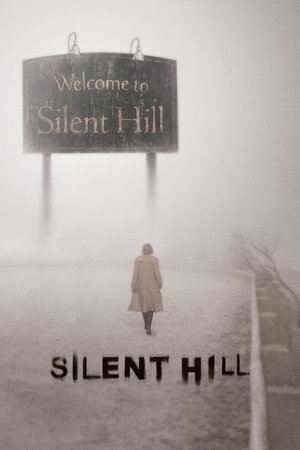 6.6
6.6Silent Hill(en)
Rose, a desperate mother takes her adopted daughter, Sharon, to the town of Silent Hill in an attempt to cure her of her ailment. After a violent car crash, Sharon disappears and Rose begins a desperate search to get her back. She descends into the center of the twisted reality of a town's terrible secret. Pursued by grotesquely deformed creatures and townspeople stuck in permanent purgatory, Rose begins to uncover the truth behind the apocalyptic disaster that burned the town 30 years earlier.
Similar Movies
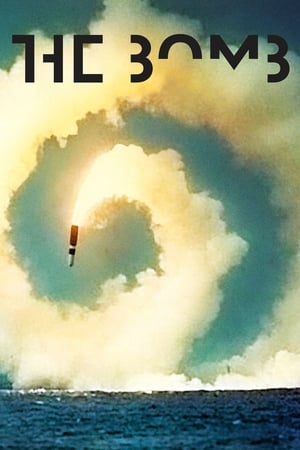 7.0
7.0The Bomb(en)
Filmmakers use archival footage and animation to explore the culture surrounding nuclear weapons, the fascination they inspire and the perverse appeal they still exert.
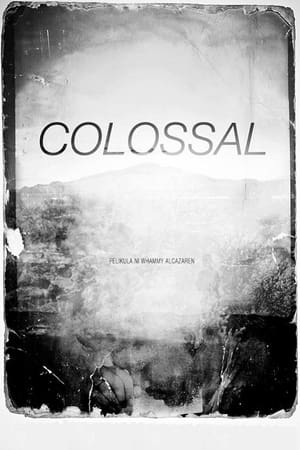 7.3
7.3Colossal(tl)
Colossal explores the complexities of grief and the process of grieving as understood through the myth of a Man as he ventures through shifting landscapes ruminating.
 0.0
0.0Islands(tl)
ISLANDS explores a cinematic journey of two astronauts. As they enter Earth’s atmosphere the structure transforms. The spacecraft becomes the meteor from a myth of a tribesman; it triggers an old lady’s memory of a lover from her past. As these diverse characters converge in a plane of reality, we confront a particular form of gravity we covertly feel—falling in love.
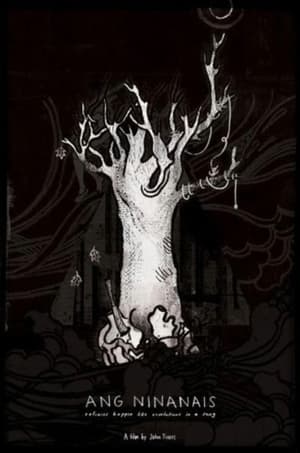 6.5
6.5Refrains Happen Like Revolutions in a Song(tl)
Sarah is a debt collector who lives among the inhabitants of the village of Guimbal on the island of Panay. She wants to find the young man who appeared to her in a dream and goes to the island of Negros. Here, as she interacts with the inhabitants, Sarah continues her search, gathering memories of life and war, dreams, myths, legends, songs and stories that she takes part in and at times revolve around her. She is the daughter of an ancient mermaid, a revolutionary, a primordial element, a virgin who was kidnapped and hidden away from the sunlight. “The film is a retelling of fragments of the American occupation. Dialogue, shot in the Hiligaynon language, is not translated but used as a tonal guide and a tool for narration. Using unscripted scenes shot where the main character was asked to merely interact with the villagers, I discard dialogue and draw meaning from peoples’ faces, voices, and actions, weaving an entirely different story through the use of subtitles and inter-titles.”
 8.2
8.223rd Psalm Branch(en)
Made during the height of the Vietnam War, Stan Brakhage has said of this film that he was hoping to bring some clarity to the subject of war. Characteristically for Brakhage there is no direct reference to Vietnam.
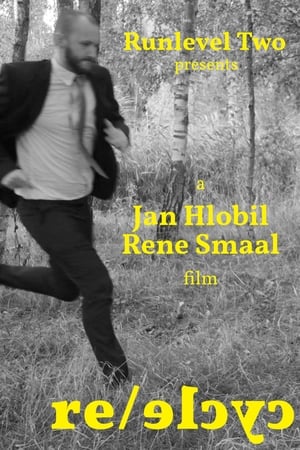 7.7
7.7Re/cycle(en)
With input from actor and writer Jan Hlobil, director and cinematographer Rene Smaal presents a film in the true surrealist tradition, in the sense that only 'found' elements were used, and that it defies interpretation based on ordinary cause-and-effect time sequence.
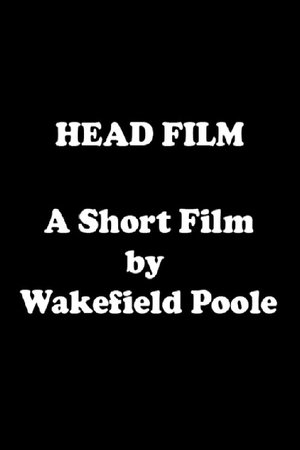 0.0
0.0Head Film(en)
An experimental and humorous rainy day romp involving director Wakefield Poole's beloved Warhol Marilyns, his boyfriend Peter Fisk, Julia Child and the kitchen sink (literally and figuratively). The film creates whimsy by incorporating household film footage, pop culture references from TV, and Poole's eclectic and sometimes campy use of music.
Pollice Verso Reverso(en)
A 'reversal' of Jean-Léon Gérôme's 1872 painting Pollice Verso.
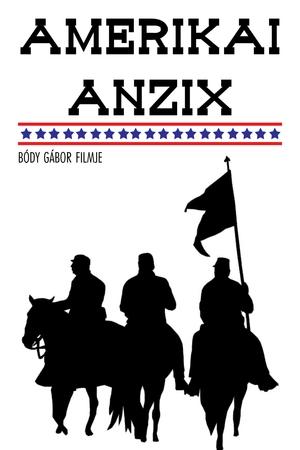 6.6
6.6American Torso(hu)
In the final days of the American Civil War, an emigre Hungarian military officer attempts to map the situation of the enemy. Many veterans of the 1848 War of Independence in Hungary fought on the northern side. Experienced Fiala, Boldogh who struggles with homesickness and the reckless Vereczky all experience their enforced emigration in different ways and news of impending peace elicits different reactions from them all.
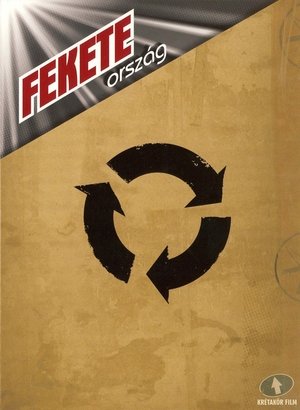 5.0
5.0BLACKland(hu)
The film is a stage play hybrid showcasing dark and absurd sketches based on contemporary Hungarian news of the 2000's with campy, senseless musical interludes in-between. Highly experimental in nature that - like Marmite - will split its' crowd into ones that'll love it and others that'll loathe it. There's no middle grounds here. The topics included are: The Hungarian Olympians' doping scandal, political terrorism, the national elections... and more.
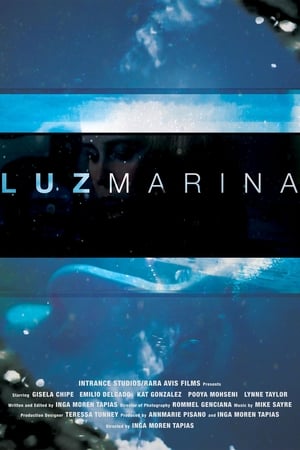 0.0
0.0Luz Marina(en)
A reality show star leaves her family's TV show fame and unknowingly joins a supernatural cult.
 3.0
3.0Gerhana(ms)
A dark take on media manipulation and political situation in Malaysia. The idea is to convey how normal citizens even though sometimes they know what they read and heard are absurd and not right but still with not much options to react but to accept them in order to maintain their livelihood. And at the same time powerful figures whom understands the mentality of the citizens continues to drives their ridiculous and absurd ideas and opinions to the mass.
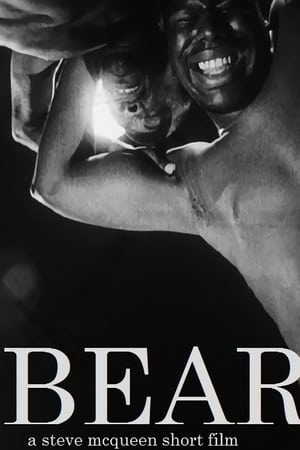 4.2
4.2Bear(xx)
Bear (10 minutes, 35 seconds) was Steve McQueen's first major film. Although not an overtly political work, for many viewers it raises sensitive issues about race, homoeroticism and violence. It depicts two naked men – one of whom is the artist – tussling and teasing one another in an encounter which shifts between tenderness and aggression. The film is silent but a series of stares, glances and winks between the protagonists creates an optical language of flirtation and threat.
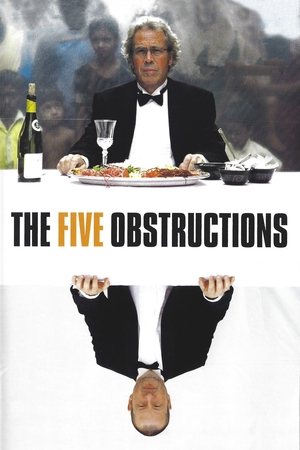 6.9
6.9The Five Obstructions(da)
Lars von Trier challenges his mentor, filmmaker Jørgen Leth, to remake Leth’s 1967 short film The Perfect Human five times, each with a different set of bizarre and challenging rules.
 7.0
7.0Moonwalker(en)
Moonwalker is a 1988 American experimental anthology musical film starring Michael Jackson. Rather than featuring one continuous narrative, the film expresses the influence of fandom and innocence through a collection of short films about Jackson, some of which are long-form music videos from Jackson's 1987 album Bad. The film is named after his famous dance, "the moonwalk", which he originally learned as "the backslide" but perfected the dance into something no one had seen before. The movie's introduction is a type of music video for Jackson's "Man in the Mirror" but is not the official video for the song. The film then expresses a montage of Michael's career, which leads into a parody of his Bad video titled "Badder", followed by sections "Speed Demon" and "Leave Me Alone". What follows is the biggest section where Michael plays a hero with magical powers and saves three children from Mr. Big. This section is "Smooth Criminal" which leads into a performance of "Come Together".
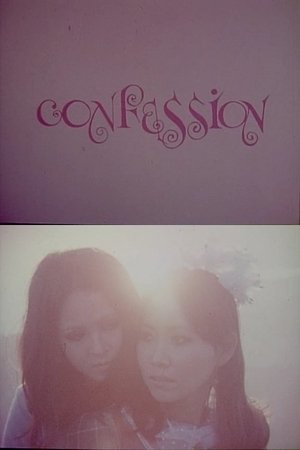 6.4
6.4Confession(ja)
A filmmaker recalls his youth in the town of Onomichi. In the present, he shoots a film in Onomichi alongside his cast, crew and family.
 5.7
5.7Mangúe-Bangúe(pt)
The quasi-fictional story of transgender sex workers living in Rio de Janeiro's swampy red light district, who are joined by a group of hippies and a runaway stockbroker, "Mangue-Bangue" is the paradigmatic expression of the post-1968 spirit of desbunde, the Brazilian slang catchword for "sex, drugs, and rock 'n' roll".
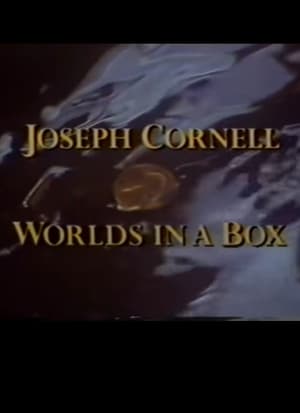 0.0
0.0Joseph Cornell: Worlds in a Box(en)
This is a 1991 documentary film about the legendary artist and filmmaker, Joseph Cornell, who made those magnificent and strange collage boxes. He was also one of our great experimental filmmakers and once apparently made Salvador Dali extremely jealous at a screening of his masterpiece, Rose Hobart. In this film we get to hear people like Susan Sontag, Stan Brakhage, and Tony Curtis talk about their friendships with the artist. It turns out that Curtis was quite a collector and he seemed to have a very deep understanding of what Cornell was doing in his work.
Dyketactics(en)
Born in Los Angeles but a New Yorker by choice, Barbara Hammer is a whole genre unto herself. Her pioneering 1974 short film Dyketactics, a four-minute, hippie wonder consisting of frolicking naked women in the countryside, broke new ground for its exploration of lesbian identity, desire and aesthetic.
